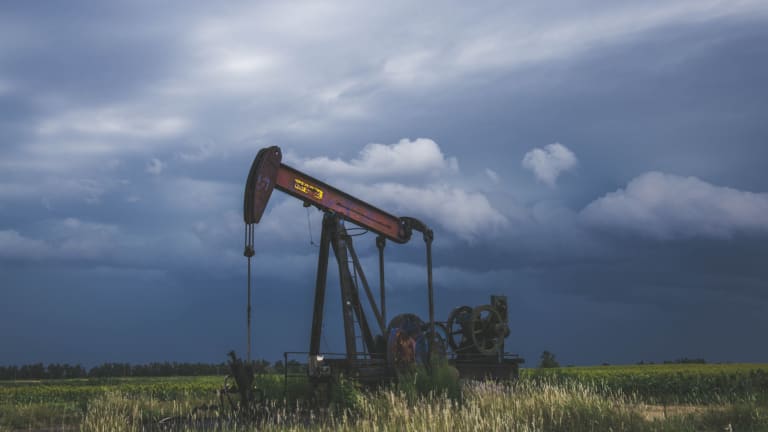
By Nate Perez
Casper Star-Tribune
Via- Wyoming News Exchange
CASPER — After decades of leasing Circle Ridge Field, the Eastern Shoshone and Northern Arapaho have taken full ownership of the oil and gas field on the Wind River Reservation.
Both tribes agreed to let the lease with Merit Energy Company expire in January of this year after months of failed negotiations.
“Taking over (Circle Ridge Field) was very historic for the Northern Arapaho and the Eastern Shoshone tribes because it is us being truly sovereign,” Northern Arapaho Business Chairman Jordan Dresser said.
Due to what Merit said were the effects of declining oil prices and decreasing oil production at Circle Ridge Field, it offered a 20% royalty to the tribes, lower than the 29% the tribes received in their original 20-year lease with Marathon Oil Company. Merit purchased the lease from Marathon in 2016, according to Eastern Shoshone Business Chairman John St. Clair.
“We had independent studies done to show that if modern technology was utilized in the field, we could increase production,” St. Clair said.
At its height, maximum oil production at Circle Ridge Field capped at 2,000 barrels a day. Since June 1 — the day the tribes took control of the oil field, however, production has steadily increased. As of Thursday, 1,499 barrels of oil were produced, despite Merit saying the oil field would eventually reach zero production.
“The upshot is that the tribes will receive 100% of the royalties,” St. Clair said.
Circle Ridge Field produces over 60% of the total oil production on the Wind River Reservation, making it the most productive oil field on the reservation.
While the tribes are focusing on the first steps at Circle Ridge Field, the plan is to have the tribes operate the field eventually — MI3 Petroleum Engineering is currently running operations — and the remaining oil and gas fields throughout the reservation, when the present leases expire.
And with oil prices rising — almost $76 a barrel according to Brent Crude, the highest since 2018 — things appear to be trending in the right direction for the Eastern Shoshone and the Northern Arapaho. But they’re not putting all their eggs in one basket.
“We realize that fossil fuels are on the way out, and there will probably be less demand for the product as time goes by,” St. Clair said. “So, we’re taking the income that we have from this and looking toward renewable energy, the development of our economy and other areas.”
After the pandemic halted economic progress throughout the country, the tribes were concerned about the falling oil prices. But that didn’t deter them from claiming what was theirs.
Historically, the Eastern Shoshone and the Northern Arapaho have relied on oil and gas production to beef up the economy on the reservation.
In the 1970s, oil trucks were going unchecked through tribal oil fields — sometimes up to 20 trucks an hour, and many tribal members suspected foul play, according to St. Clair.
To prevent the theft of oil, the Eastern Shoshone Tribe created an oil and gas commission and enlisted the help of Northern Arapaho tribal members.
The tribes’ efforts didn’t go unnoticed. Soon enough, the media was calling. Shortly after, St. Clair and other tribal members went to Washington to give testimony and met with a congressional delegation.
An investigation led by James Watt, the former interior department secretary, revealed that the theft of oil on tribal lands was widespread nationwide. In 1982, Congress passed the Indian Mineral Development Act to provide better regulation of leases on private lands, and a Department of Division of Energy and Mineral Development was created to advise in areas related to natural resources.
The department was instrumental to the Eastern Shoshone and Northern Arapaho in the transition of ownership of Circle Ridge Field.
Dresser and St. Clair are excited about the economic development that oil and gas could bring to their people. But they’re already anticipating their next steps.
“Going green is going to be a really key thing,” Dresser said. “The next thing for us is exploring our options and renewable energy.”





